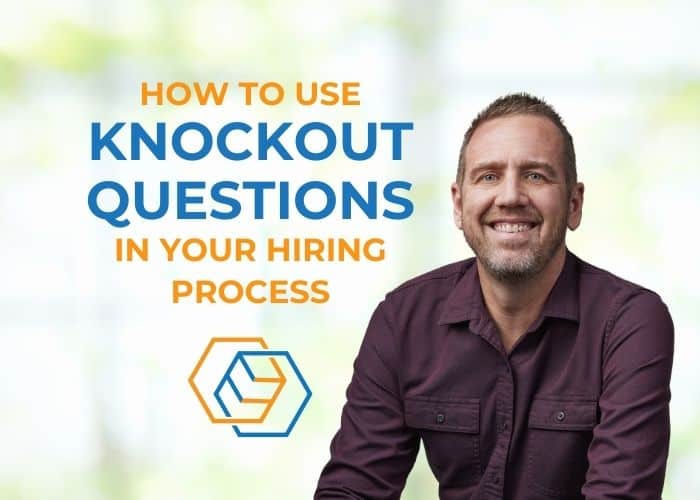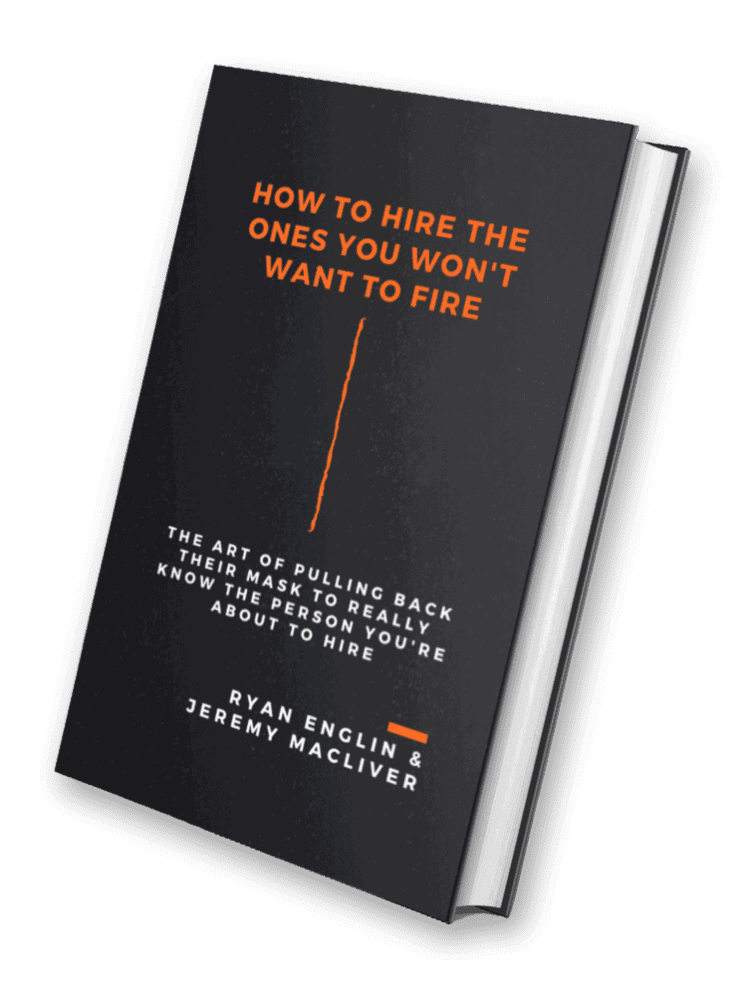How to Use Knockout Questions in Your Hiring Process

Finding the right candidate for a job can feel like an impossible task. The process is time consuming and the last thing any hiring manager wants to do is waste valuable resources on candidates who aren’t the right fit.
This is where knockout questions come into play, offering a streamlined solution to weed out unsuitable applicants efficiently.
What are Knockout Questions?
Knockout questions are the non-negotiables, the essential criteria a candidate must meet to be considered for a position. They’re the bare minimum requirements that you can’t or won’t teach. These questions serve as a filter, ensuring only candidates who meet your basic qualifications move forward in the hiring process.
Ideally, you’ll ask three to five knockout questions in the initial application. Also known as “screener questions,” they act as the first line of defense in identifying whether a candidate is worth pursuing. It’s important to ask the same knockout questions to every job seeker.
When implemented effectively, knockout questions can be automated using your Applicant Tracking System (ATS), saving you time and resources.
What’s an Example of a Knockout Question?
Some people worry that automating knockout questions will eliminate good candidates. But the truth is, good, solid knockout questions will very rarely knockout someone you would have wanted to hire if you reviewed them manually.
Here are five examples of knockout questions. Remember to adjust them to fit your company and consult your HR or Compliance team to make sure the questions are in line with all requirements:
- Insurance Requirements: If your insurance requires a certain age for candidates who will be driving a company vehicle, there’s no point in interviewing someone who isn’t old enough. Instead of directly asking for age, inquire about insurability, stating your policy requires drivers to be at least X-years old with a clean driving record.
- Years of Experience: If experience is required for the job, set a threshold that aligns with your needs. Use dropdown ranges so your ATS can automate the results. For example, if you ideally want someone with six years of experience, you may want to knockout applicants who have less than three years of experience, but consider candidates in the range of 3-5 years based on how their interview goes.
- Client Interaction: For client-facing roles, gauge the job seeker’s comfort level in meeting or speaking with clients using a scale from 1 to 10. This question helps assess their suitability for roles that require strong interpersonal skills.
- Understanding of Job Challenges: Provide candidates with a drop-down menu to select what they think would be the hardest part of the job. This question not only assesses their understanding of the role, but also allows you to consider if they’ll be up for the day in and day out work that’s required.
- Easter Eggs: Incorporate “Easter Eggs” into your knockout questions to distinguish candidates who have thoroughly researched your company if attention to details matters in the role. For example, we once had a client who asked how many years the company had been in business. In the ad, they said 27 years, but in reality it was 17. The client accepted both answers. The candidates who chose 27 read the job ad thoroughly and the candidate who picked 17 did some research, which elevated their answer. People who picked any other option were disqualified since they failed to use their resources.
Benefits of Automating Knockout Questions
Automating knockout questions streamlines the screening process, saving valuable time and resources. By setting clear criteria upfront, you can focus your attention on candidates who are the best fit for the job opening.
Automating knockout questions:
- Allows you to focus on the right candidates
- Improves consistency in screening
- Minimizes the risk of overlooking qualified candidates
- Speeds up the hiring process
By leveraging automation and setting clear criteria, you can streamline your hiring process and ensure only the most qualified candidates make it to the next stage. With your saved time, you can nurture the candidates who are the right fit and start building up the rest of your team.
So, why wait? Start implementing knockout questions today and watch your hiring process become more efficient and effective than ever.
If you want help developing the best questions for finding the right people, download your free copy of “Crafting the Right Interview Questions” today.


